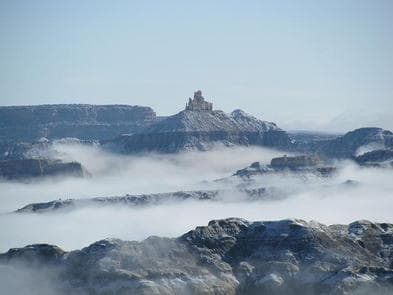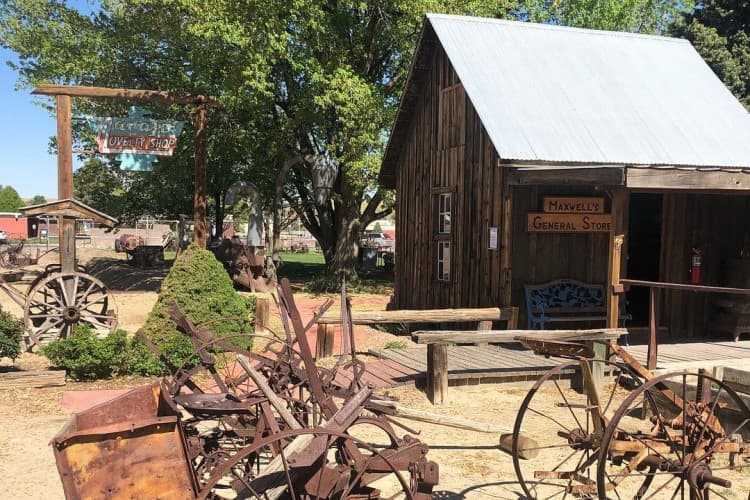Aztec Ruins National Monument draws visitors, raises local health and equity questions
Aztec Ruins National Monument in Aztec remains a major cultural tourism draw for San Juan County with well preserved Ancestral Puebloan structures, a visitor center, and a robust slate of programs. As the site pursues UNESCO World Heritage candidate area status, local officials and community groups are weighing how increased visitation could affect public health services, infrastructure, and cultural stewardship.

Aztec Ruins National Monument is a cornerstone of cultural tourism in San Juan County, attracting visitors with its well preserved Ancestral Puebloan structures, a visitor center with exhibits, ranger led programs, and seasonal events. The site is listed as a UNESCO World Heritage candidate area, a designation that underscores its global significance and could bring more visitors and attention to Aztec and surrounding communities.
The monument is open year round though facility hours vary seasonally, so the National Park Service website or the Aztec Museum are the best sources for current hours and fee information. Educational programming includes school group tours, archaeology lectures, and a community Lunch and Learn lecture series that the Aztec Museum and associated partners run during the off season. Practical visitor tips are straightforward, bring water, dress for sun and temperature swings, and respect posted cultural resource rules. Parking and restroom facilities are on site.
For San Juan County residents the monument is both an asset and a responsibility. Cultural tourism supports local businesses and can expand opportunities for museum partnerships and educational programming. At the same time, a potential increase in visitation tied to UNESCO recognition could strain county emergency services, public health resources, and infrastructure that are already stretched in rural communities. Heat related illness and dehydration are concerns for outdoor sites in the region, and having adequate signage, shade, first aid supplies, and quick access to emergency response will be important as visitor numbers change.
Equity and access are central to long term planning. The monument represents Ancestral Puebloan heritage and stewardship policies should center Indigenous voices and community leadership. Ensuring that programming, interpretive materials, and physical access accommodate older adults, families with young children, and people with disabilities is a public health as well as a civil rights issue. County health officials and site managers can collaborate on outreach, multilingual materials, and inclusive programming to reduce barriers to participation.
Policy coordination between the park, the Aztec Museum, county government, and local health and emergency services can help the community prepare for shifts in visitation while protecting cultural resources. Investments in infrastructure, accessible facilities, and community led education will support safe, equitable experiences for visitors and residents alike. For current visitor information, including hours and fees, residents should consult the National Park Service website or the Aztec Museum before planning a visit.


